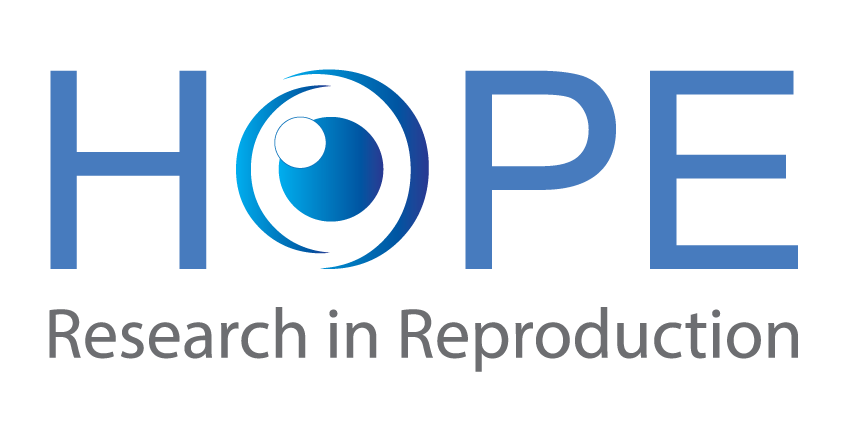Published: 20 May, 2024
https://doi.org/10.1186/s12958-024-01229-3
Lan N Vuong1,2*, Toan D Pham2,3, Vu N A Ho2,3, Anh T L Vu2,3, Tuong M Ho2,3 and Claus Yding Andersen4
Authors information
1 Department of Obstetrics and Gynaecology, University of Medicine and
Pharmacy at Ho Chi Minh City, 217 Hong Bang Street, District 5, Ho Chi
Minh City, Vietnam
2 IVFMD, My Duc Hospital, Ho Chi Minh City, Vietnam
3 HOPE Research Center, My Duc Hospital, Ho Chi Minh City, Vietnam
4 Institute of Clinical Medicine, The Faculty of Health Science, Copenhagen
University, Copenhagen, Denmark
Abstract
Background Ovarian stimulation and the use of human chorionic gonadotropin (hCG) for triggering oocyte
maturation in women undergoing in vitro fertilisation (IVF) introduces several differences in luteal phase hormone
levels compared with natural cycles that may negatively impact on endometrial receptivity and pregnancy rates
after fresh embryo transfer. Exogenous luteal phase support is given to overcome these issues. The suitability of a
pragmatic approach to luteal phase support is not known due to a lack of data on early phase luteal hormone levels
and their association with fertility outcomes during IVF with fresh embryo transfer. This study determined early luteal
phase profiles of serum progesterone, 17-hydroxyprogesterone and hCG, and associations between hormone levels/
hormone level profile after hCG trigger and the live birth rate in women undergoing IVF with fresh embryo transfer.
Methods This prospective single center, cohort study was conducted in Vietnam from January 2021 to December 2024. Women aged 18–38 years with normal ovarian reserve and undergoing controlled ovarian stimulation using a
gonadotropin-releasing hormone antagonist protocol were included. Serum hormone levels were determined before
trigger, at 12, 24 and 36 h after hCG, and daily from 1 to 6 days after oocyte pick-up. Serum hormone level profiles
were classified as lower or upper. The primary outcome was live birth rate based on early luteal phase hormone level
profile.
Results Ninety-five women were enrolled. Live birth occurred in 19/69 women (27.5%) with a lower progesterone
profile and 13/22 (59.1%) with an upper progesterone profile (risk ratio [RR] 2.15; 95% confidence interval [CI] 1.28–
3.60), and in 6/31 (19.4%) versus 26/60 (43.3%) with a lower versus upper serum 17-hydroxyprogesterone profile (RR
2.24; 95% CI 1.03–4.86). Nearly 20% of women had peak progesterone concentration on or before day 3 after oocyte
pick-up, and this was associated with significantly lower chances of having a life birth.
Conclusions These data show the importance of proper corpus luteum function with sufficient progesterone/17-
hydroxyprogesterone production for achievement of pregnancy and to maximize the chance of live birth during IVF.
Trial Registration NCT04693624 (www.clinicaltrials.gov).
Keywords In vitro fertilization, Infertility, Luteal phase support, Live birth, Progesterone, Hormone levels
